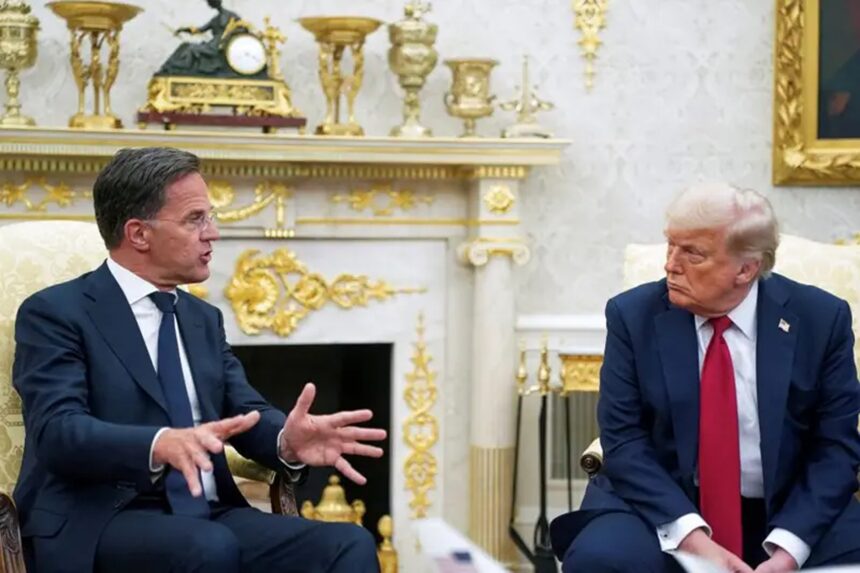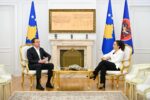Kiev, August 5, 2025
Ukraine has expressed growing skepticism over a recent U.S.-NATO agreement aimed at supplying American-made weapons to bolster its defense against continued Russian aggression. Despite the July 14 announcement in Washington that European nations would fund the purchase of U.S. military equipment for Ukraine, officials in Kiev remain unconvinced that the arrangement will sufficiently meet the country’s urgent battlefield needs.
While Germany has pledged two Patriot air defense systems as part of this new support framework, Ukrainian authorities say the scale and timing of deliveries remain unclear. The agreement—presented by U.S. President Donald Trump and newly appointed NATO Secretary General Mark Rutte—marks a continuation of the West’s broader efforts to assist Ukraine, but with a noticeable shift: a declining direct commitment from Washington and increased responsibility placed on European partners.
Under the framework, European countries will purchase arms from U.S. manufacturers to be sent to Ukraine. The U.S. will then replace those systems with new stock for the contributing countries. This so-called “revolving model” was used in part during the Biden administration, but analysts say the current iteration lacks binding commitments and concrete timelines.
According to the Kiel Institute for the World Economy, for the first time since June 2022, Europe has surpassed the United States in total military aid pledged to Ukraine—€72 billion compared to the U.S.’s €65 billion. However, questions persist over how sustainable and rapid this support will be, particularly with growing concerns about a possible Russian offensive in the coming months.
A senior EU diplomat speaking to Radio Free Europe described the new arrangement as “the best possible mechanism to keep the Americans engaged,” highlighting the financial advantage it offers to U.S. defense firms such as Lockheed Martin and Raytheon.
Still, NATO sources acknowledge the model is a strategic compromise. “Europeans understand that the alternative is worse—either we support Ukraine this way or we risk leaving it without critical weapons,” said one official on condition of anonymity.
Following the announcement, the Ukraine Defense Contact Group (also known as the Ramstein Group) convened on July 21. Seven nations—including Canada, Belgium, Germany, and the Netherlands—expressed intent to join the joint procurement program.
Ukraine has been asked to submit a prioritized list of its defense needs, with a strong emphasis on air defense systems and artillery ammunition. NATO will then assess the costs and feasibility of fulfilling these requests.
Artillery remains a central issue. Europe aims to deliver up to two million 155mm shells by the end of 2025, bolstered by increasing domestic production within Ukraine, funded and technically supported by Western allies.
However, air defense poses a more immediate challenge. While the Franco-Italian SAMP/T system is a European alternative to the U.S. Patriot, it has limited availability and requires time for deployment and calibration. Ukrainian military leaders have voiced concerns that it may not be sufficient to counter Russia’s aerial threat.
President Trump stated that up to 17 Patriot systems could be made available to Ukraine. Thus far, only Germany has committed to supplying two batteries. Other Patriot-possessing countries—including Greece, Spain, Romania, and the Netherlands—have expressed reluctance to reduce their own air defense capacities due to regional security concerns.
U.S. manufacturers have already begun scaling up production, but deliveries may take months or longer to materialize. In the meantime, Ukrainian forces face mounting pressure on the battlefield, especially around Kharkiv and Zaporizhzhia.
The next Ramstein Group meeting—potentially to be hosted in Ukraine for the first time this fall—is expected to serve as a critical test for whether NATO’s new weapons procurement mechanism can deliver timely and sufficient aid.
For Ukraine, the stakes could not be higher.







